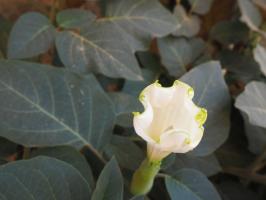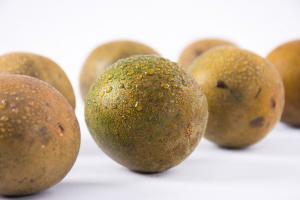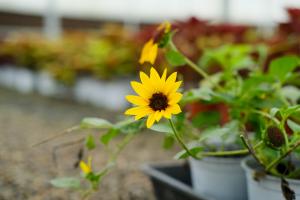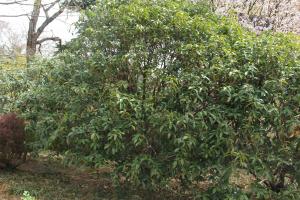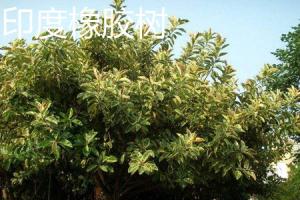1、 Curing method
1. Soil: the soil for raising apricot flowers should have sufficient nutrients, and the fertile and acidic soil is the best. The soil comes from river sand, vegetable garden, rotten leaves and sandy soil

2. Moisture: the demand for moisture of apricot flowers is different in each season. For example, in spring and autumn, you can water once every two to three days. When the temperature is too high in summer, the demand for water of apricot flowers is high, and they can be watered twice a day. In winter, you don't need a lot of water, just once a week
3. Nutrients: when apricot flowers are in vigorous development period, fertilization should be applied every seven days, and organic compound fertilizer should be applied appropriately. However, avoid excessive fertilization, which will cause the flowering period of apricot flowers to be short and the petals to wither quickly. When autumn comes, it is necessary to reduce the amount and time of fertilization. It is OK to apply fertilizer once every 20 to 30 days

4. Sunshine: it also has a great demand for sunshine. It likes a warm and bright environment, so that it can fully enjoy the sunshine every day
2、 Breeding skills
1. Pruning: the branches with poor growth should be pruned from time to time during the maintenance period. In order to better protect the apricot flowers, the rotten leaves and branches should also be removed
2. Propagation: generally, grafting method is used. The grafting time is the second half of July. Bud binding method can be used. After the grafting is completed, it can germinate in spring

3、 Diagnosis and treatment problems
1. Disease: if the maintenance environment is improper, the apricot flower is easy to be infected with black spots and yellow diseases. These should be adjusted in time and treated with drugs
2. Insect pests: insects such as caterpillars, red spiders and aphids can be killed with diluted dichlorvos and moldy green

4、 Other issues
1. How to spend the winter: in winter, water the apricot flowers once, then trim the withered branches completely, and then clean up the rotten leaves and branches
2. Whether it can be cultivated at home: if it can be cultivated at home, apricot trees can not only blossom and bear fruit and eat fruits, but also be used as ornamental trees, cultivated in the courtyard waiting for the flowering season, which is also a landscape


 jackfruit
jackfruit snake plant
snake plant hibiscus
hibiscus hydrangea
hydrangea lavender
lavender Green roses climb al...
Green roses climb al... If you don't pay att...
If you don't pay att... Management of four g...
Management of four g...

